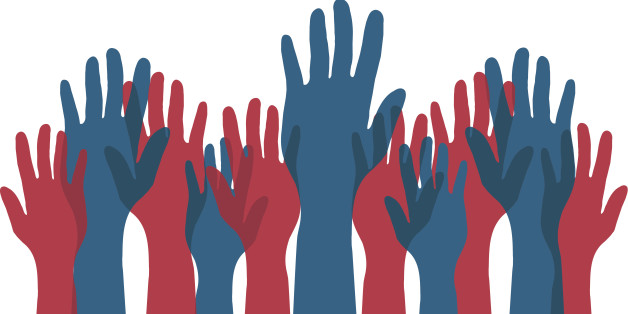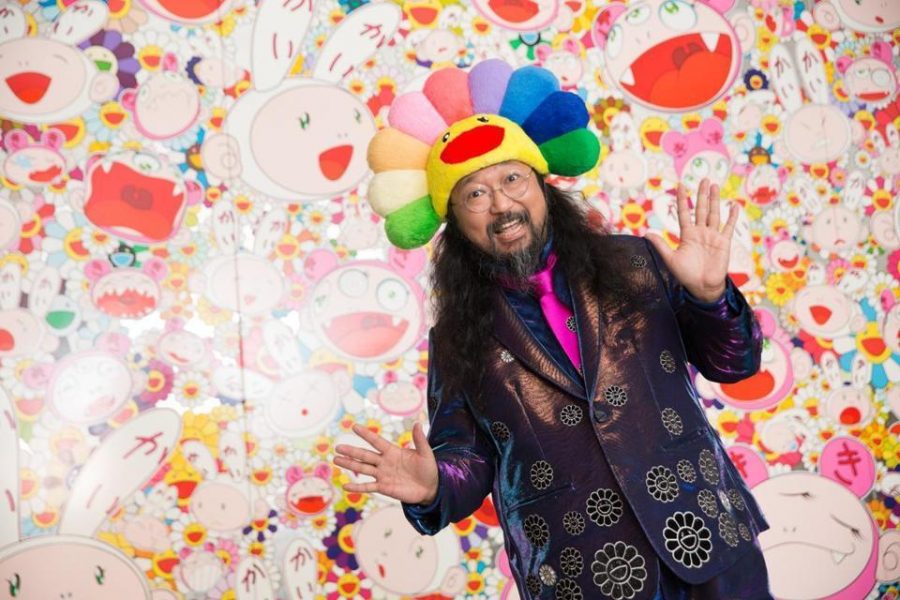By Ellen Garnett
Staff Writer
On Jan. 21, the day after Donald J. Trump took office as the 45th president of the United States, women and allies alike marched around the world. They participated in sister marches to the Women’s March in Washington, D.C. in support of causes they feel are threatened under the new administration.

There were a variety of causes represented including women’s reproduction rights, LGBTQ+ rights, disability rights, supporting immigrants and refugees, protecting the environment, Black Lives Matter, and backing of the Affordable Care Act, to name a few. Approximately 2.6 million people marched in each of the 50 states of the U.S. and on each of the seven continents, including Antarctica, according to USA Today.
Here at the Boston sister march, speakers included U.S. Senator Elizabeth Warren, Mayor Marty J. Walsh, U.S. Senator Edward J. Markey, and Attorney General Maura Healey. There were also march organizers, members of the American Civil Liberties Union, and President of the Boston Branch of the National Association for the Advancement of Colored People Tanisha Sullivan. They all addressed a crowd of 175,000 protesters packed into Boston Common.
One woman in Boston held a sign that read in Spanish, “Mujer soy y no me voy. Mujer asquerosa,” which means “I am a woman and I am not going anywhere, by Nasty Woman.”
Major cities around the world, such as Sydney, Berlin, London, Paris, Nairobi, Cape Town, and Barcelona, all echoed their support of said causes. Whether in different tongues, the message was the same: protesters will not be silent; they are still here and will be heard. The global magnitude of the protest has undoubtedly made history, but the question remains: where does the movement go from here?
The Women’s March website has a list of 10 actions for 100 days to launch this movement. Visit their website for more information.












